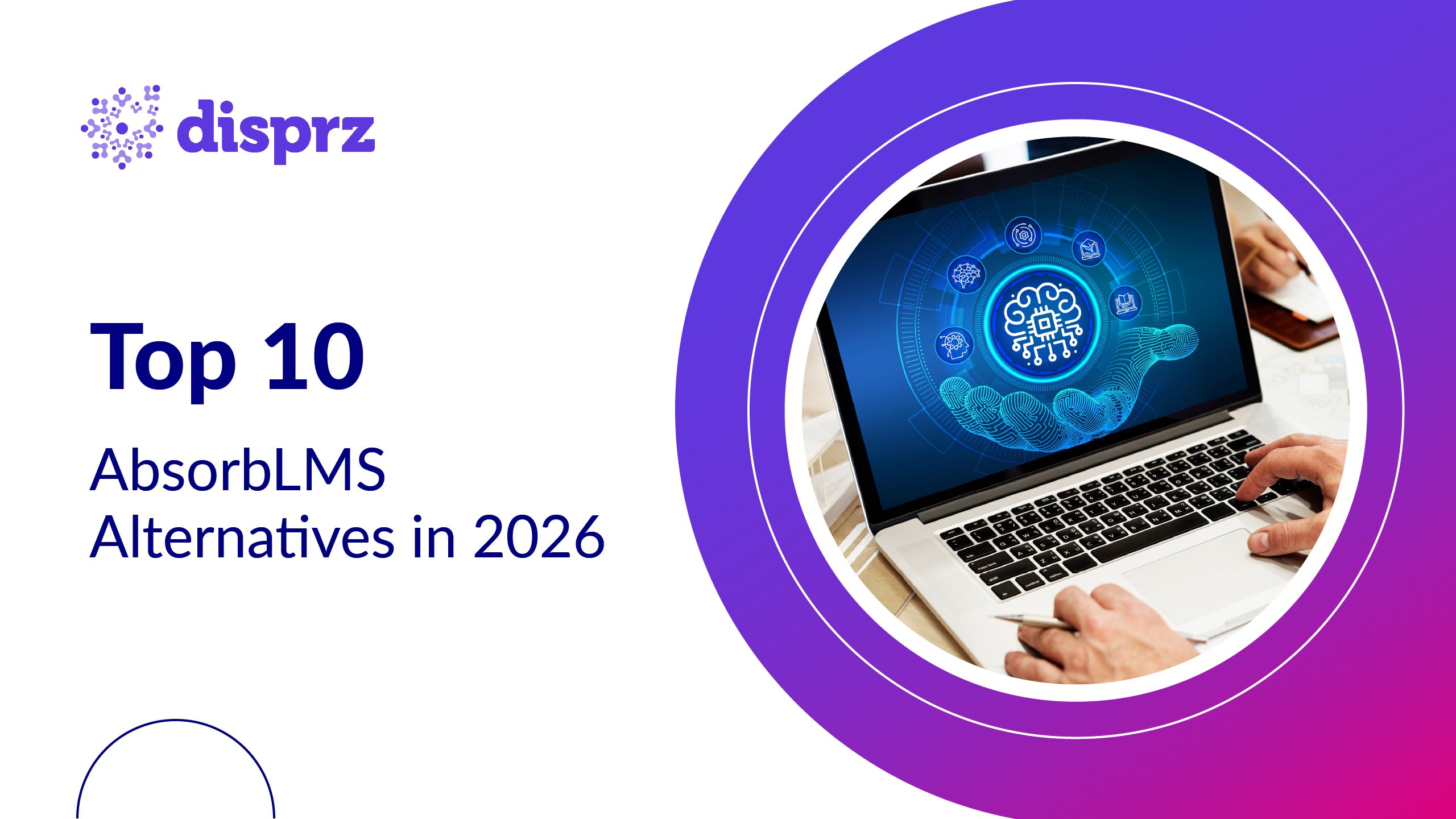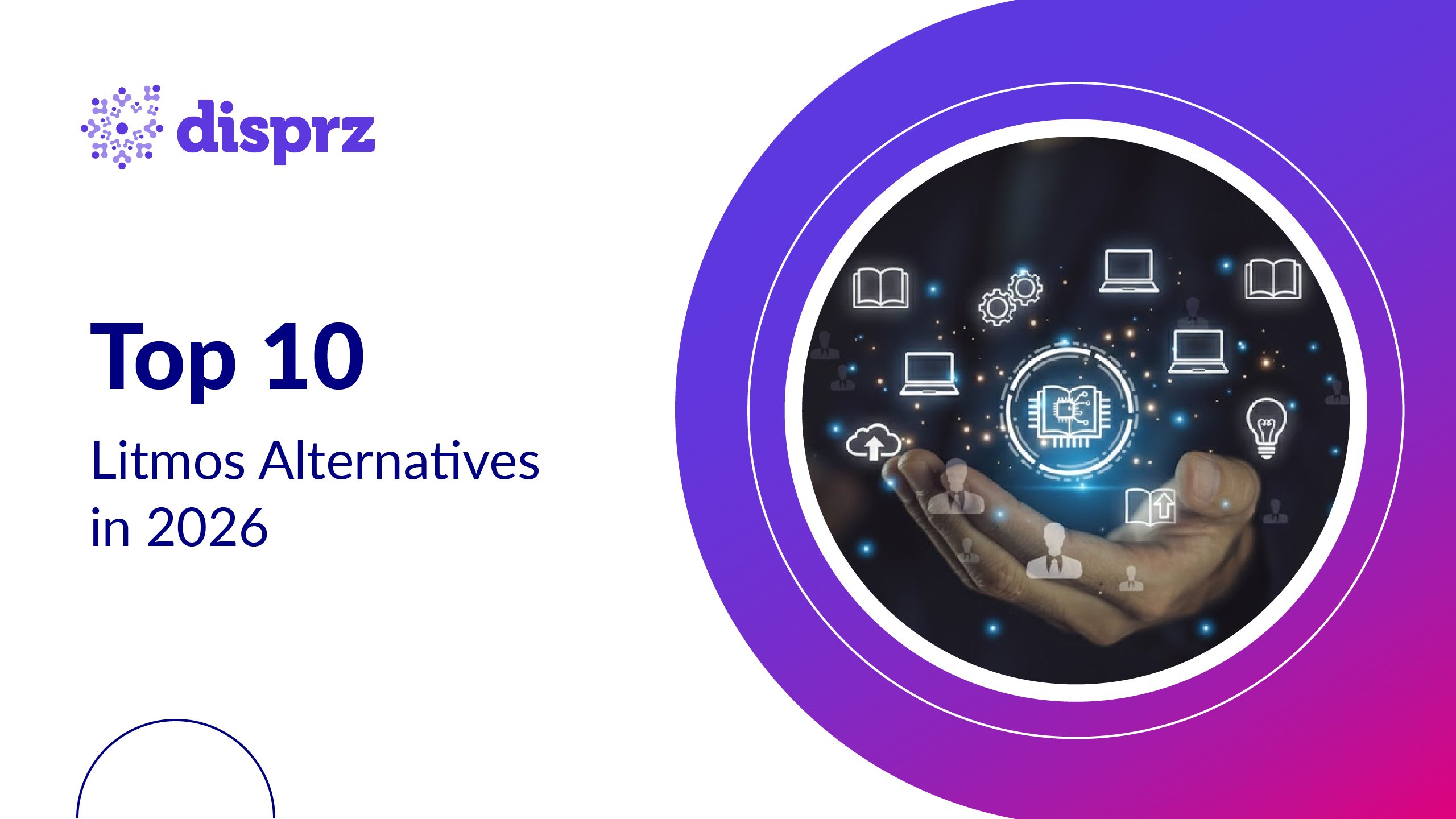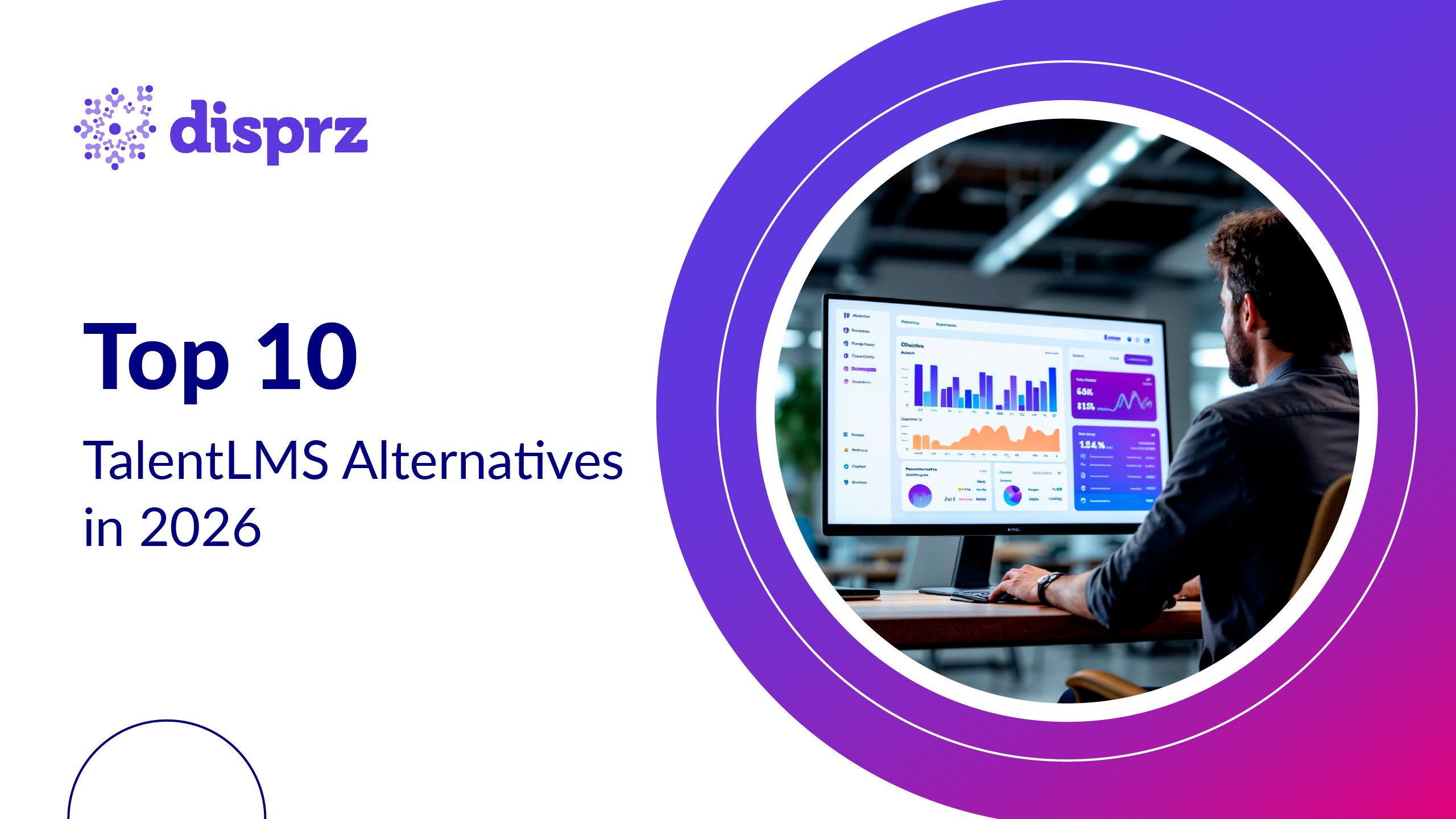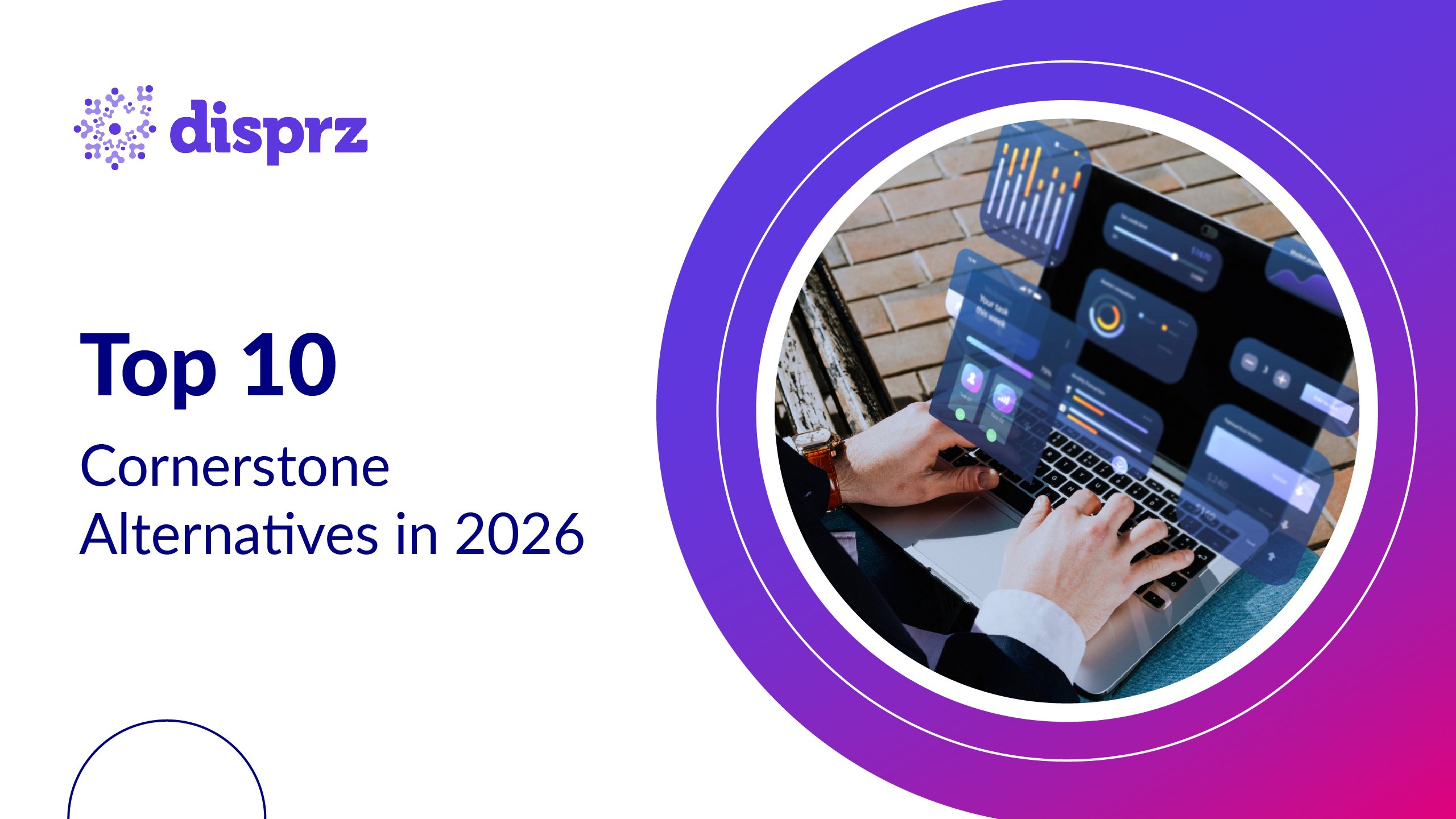Helping people move inside your organization can feel like trying to redesign a plane while it’s flying. Roles shift. Priorities change. But the systems to help people move often don’t keep up. So you lean on external hiring, but the right people might already be in the building. They just don’t have the visibility, the support, or the chance to step into something new.
Workforce agility isn’t about blowing up your org chart. It’s about building small systems that make movement easier. Not theoretical moves, real ones; from one team to another, from adjacent skills to new capabilities, from learning to doing.
And like most things in L&D, it starts with clarity. It’s about understanding what’s changing, where you need people to grow, and how you make that growth visible and possible.
Here we’ll explore what agility looks like in practice, examining how leading companies are incorporating it, where they’re starting small, and how it’s reshaping the way people move within the business.
Why Agile Workforces Perform Better?
The most effective teams aren’t waiting for stability. They’re learning to move with change. Organizations that build workforce agility can shift faster, stay productive during disruption, and adapt without starting from scratch every time. Even when resources are tight, they find ways to keep moving and keep people engaged.
Internal mobility plays a big role. When employees have room to grow inside the organization, they’re more likely to stay and contribute in new ways. Research shows that companies with high internal mobility rates grow revenue 2.5x faster and experience 30% higher retention.
Agile teams bring this to life. They don’t wait for formal job changes. They take initiative, step into stretch projects, switch gears when needed, and help other teams solve problems in real time.
Take insurance, for example. During slower claim cycles, instead of letting capacity sit idle, firms could cross-train claims agents to support customer experience or service operations. It’s a practical way to keep teams productive, give employees new skills, and open up career pathways without adding headcount.
In startups, this kind of movement happens naturally. Someone might start in operations and shift into product or marketing within a few months based on what the business needs. It’s not about climbing a ladder. It’s about staying in motion.
How Do You Build the DNA of Workforce Agility?
True business agility doesn’t come from working harder or faster. It’s built on structural foundations that let people move, adapt, and grow.
Here are five core elements:
1) Skills visibility
Agile organizations build live skill maps across teams. They use real-time data to see what employees know and what they’re ready to learn next. Some use AI to tag employee profiles with emerging or adjacent skills, helping match people to roles they didn’t know they qualified for.
2) Flexible roles
Roles are structured around evolving outcomes, not static tasks. This allows talent to flex across priorities. A content strategist today might be supporting product launches tomorrow based on business needs.
3) Internal career pathways
Career paths aren’t just vertical. Agile organizations create lattices with lateral moves, gigs, and project roles baked into the flow of work. Some publish internal mobility briefs every quarter to spotlight short-term assignments and continuous learning opportunities.
4) Embedded learning
Learning is integrated into daily work. Whether it's microlearning inside collaboration tools or project-based upskilling, people learn and apply skills in real time. A marketer might complete a short AI course on Monday and use it to write smarter content by Friday.
5) Supportive managers
Managers act like talent agents. They’re coached to identify stretch potential, not just manage output. Agile managers reward growth, encourage cross-team movement, and are recognized for developing and not hoarding top performers.
How are Forward-Looking Companies Building Workforce Agility?
Organizations building agility aren’t overhauling everything at once. They’re embedding movement into the system through targeted, scalable strategies.
Here’s what’s working:
1) Skills Mapping for Role Readiness
Companies are creating live, dynamic skill matrices to assess current capability, identify adjacent role readiness, and inform talent redeployment decisions. These matrices are tied to business goals and used to forecast internal talent supply for future-critical roles.
2) Internal Marketplaces for Talent Movement
Organizations are launching digital talent marketplaces where employees can discover internal opportunities, short-term projects, mentorships, and role rotations, without needing manager permission. These platforms normalize movement and make it visible, searchable, and manager-supported.
3) Modular, Role-Based Onboarding
Onboarding is being redesigned into modular, role-specific sprints that align learning with team priorities from day one. Instead of generic training, new hires are embedded into real scenarios and shadowing workflows, accelerating time-to-productivity.
4) Manager Mobility Enablement
HR teams are equipping managers with tools, templates, and coaching to support internal movement. This includes training on identifying stretch potential, setting talent export goals, and linking internal mobility to performance reviews and key performance indicators.
These strategies don’t require a complete system overhaul. They start small and build confidence through outcomes.
How Do You Know If Your Workforce Is Agile?
Business agility might feel like a mindset, but it’s also something you can measure. Leading organizations don’t guess. They use real-time data to track how talent moves, learns, and evolves.
Here are some metrics to get you started.
Internal Mobility Rate
-
Measures how many open roles are filled by current employees.
-
A healthy benchmark is around 40% or higher.
-
Indicates strong career growth pathways and retention.
Skill Adjacency Conversion
-
Tracks how many employees move into roles that require related but not identical skills.
-
Shows flexibility and the ability to redeploy talent across functions.
-
Useful for understanding how well your organization supports career transitions and reskilling.
Time-to-Skill
-
Measures how long it takes to upskill someone into a new role.
-
Can be tracked via learning hours vs. job readiness.
-
Helps evaluate how effective your learning journeys are, especially in critical roles.
Stretch Assignment Participation
-
Look at what percentage of employees are engaged in cross-functional gigs or special projects.
-
A high rate suggests a culture of experimentation and agility beyond formal roles.
-
Also linked to employee engagement and leadership pipeline strength.
Learning Activation Score
-
Tracks whether employees are applying what they’ve learned within 30–60 days.
-
Involves manager validation, performance data, or self-assessment.
-
This goes beyond completion rates. It's about impact.
Employee Sentiment on Mobility
-
Use quarterly pulse surveys to assess whether employees feel they can grow internally.
-
Ask questions like:
“Do you feel supported in growing your career here?”
“Do you know how to explore new opportunities within the company?”
A drop in sentiment may signal blockers in agility - lack of visibility, manager support, or internal tools.
What are the Challenges in Building an Agile Workforce?
Workforce agility sounds simple. But building it means tackling some tough realities:
Rigid Job Frameworks
HR needs to redesign static job descriptions into flexible role outlines. A telecom company tackled this by redefining all job families based on transferable capabilities.
Tech Silos
Skills data, learning platforms, and performance systems must talk to each other. Integration is key. Some orgs are moving to unified people platforms or using middleware to bridge systems.
Manager Resistance
Leaders must be coached to prioritize mobility over control. One industrial firm used storytelling and incentives, showcasing managers who “exported” talent and linking it to their performance bonus.
Fear of Failure
Employees need psychological safety to try something new. Shadowing programs and buddy systems help build confidence. A global logistics company launched an “internal apprenticeship” model, letting employees try roles for 30-60 days before committing.
The bottom line? Start where the momentum is easiest. Build a proof of concept. Then scale what works.
Conclusion
In a world where business models shift faster than hiring cycles, agility is becoming the only sustainable way to grow. The real advantage isn't how many people you hire, but how well your existing people move. Can they shift roles, stretch into new capabilities, and solve problems outside their original job descriptions? That’s the new benchmark. Traditional workforce planning - annual, linear, reactive, can’t keep up. What organizations need is dynamic talent allocation: the ability to redeploy skills as fast as the business demands them.
Agility makes that possible. It turns career paths into networks. It turns L&D into a velocity engine. And it reframes internal movement not as an exception, but as the default.
Platforms like Disprz are enabling this shift by making skills visible, a learning platform, and talent movement measurable. The companies getting this right aren’t betting on more headcount or more systems. They’re building smarter motion across roles, functions, and teams. They’re designing for adaptability, not stability. That shift isn’t easy, but it’s already separating the fast movers from the stalled. For HR and L&D leaders, the next advantage won't come from bigger org charts. It’ll come from talent that moves as fast as your strategy.
FAQs
1) How do I increase internal mobility without disrupting business continuity?
Start by making skills visible. Use data to match people to adjacent roles or stretch assignments. Then, create short-term cross-functional gigs that let employees contribute without fully leaving their teams. Advanced learning platforms help automate this by aligning live skill data with project needs, so you can move talent faster without breaking workflows.
2) What’s a realistic benchmark for internal mobility in agile organizations?
Agile companies aim for at least 30–40% of open roles to be filled internally. It’s not just about promotions. Lateral moves, cross-functional gigs, and skill-based transitions count too. Track this alongside stretch participation and learning activation to get a fuller picture of how agile your workforce truly is.
3) How can L&D drive agility without overhauling existing programs?
Embed learning into work. Start with microlearning tailored to role adjacencies, and tie it to live projects or internal gigs. For example, someone in operations might upskill in AI tools and test them in a real-time sprint. Disprz helps trigger learning journeys based on readiness, not just roles, making it easier to scale agility without starting from scratch.









